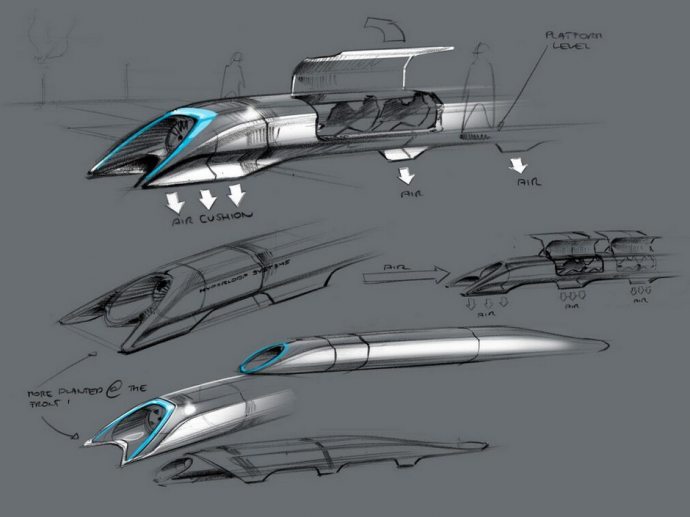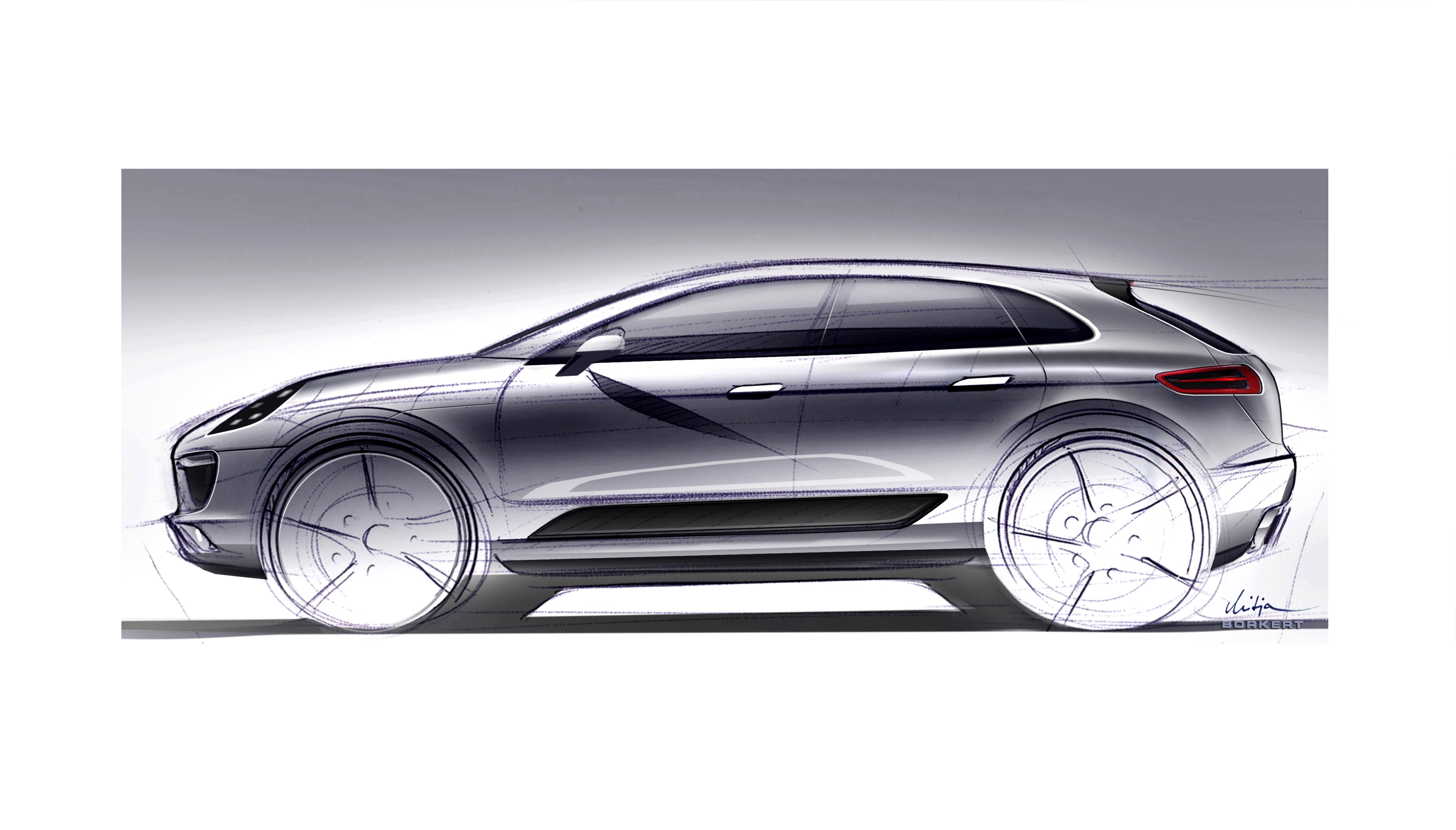Elon Musk has finally released a preliminary outline of the Hyperloop, his proposed open source transportation system. In a 57-page document posted on Tesla Motors website today, the entrepreneur details a passenger-only version of Hyperloop as well as a passenger-plus-vehicle version. The system is entirely Musk’s brainchild at this point, without funding. As an “an open source transportation concept,” he wants to involve other entrepreneurs, engineers and scientists – and governmental entities as well as the public.
Conceived as an alternative to California’s high-speed rail system that has encountered numerous bureaucratic roadblocks despite being considered shovel-ready, Hyperloop, with an estimated $6 billion price tag, would be a significantly cheaper alternative that uses different technology and yet able to transport people, vehicles, and freight between Los Angeles and San Francisco in just 35 minutes. The project’s amortization over 20 years would mean a ticket price of $20 for a one-way trip if 7.4 million people rode it each way.
So, what is the Hyperloop? In a nutshell, it is a low-pressure tube with capsules – also called pods – that can carry up to 28 passengers each. Departing at 2 minutes apart, or 30 seconds during peak hours, they would move at low and high speeds through the tube on air cushion provided via pressurized air and aerodynamic lift.
Powered by solar arrays on their roof, the steel pods would accelerate “via a magnetic linear accelerator affixed at various stations on the low pressure tube with rotors contained in each capsule,” according to Musk’s plan. Passengers would enter and exit Hyperloop like a subway, with stations (or terminals) located along the tube.
Musk has identified four areas of Hyperloop that still need refining at the design stage and welcomed feedback, which can be sent to hyperloop@spacex.com or hyperloop@teslamotors.com. The areas are:
- More expansion on the control mechanism for Hyperloop capsules, including attitude thruster or control moment gyros.
- Detailed station designs with loading and unloading of both passenger and passenger-plus-vehicle versions of the Hyperloop capsules.
- Trades comparing the costs and benefits of Hyperloop with more conventional magnetic levitation systems.
- Sub-scale testing based on a further optimized design to demonstrate the physics of Hyperloop.
We will follow with coverage of details and reaction to Hyperloop from various stakeholders as this fascinating story develops.
Photo Credit: Tesla Motors


